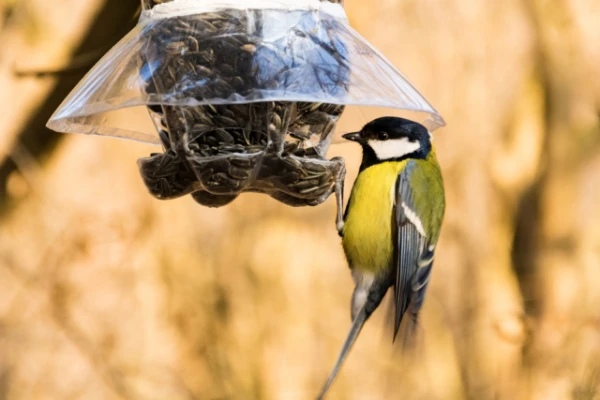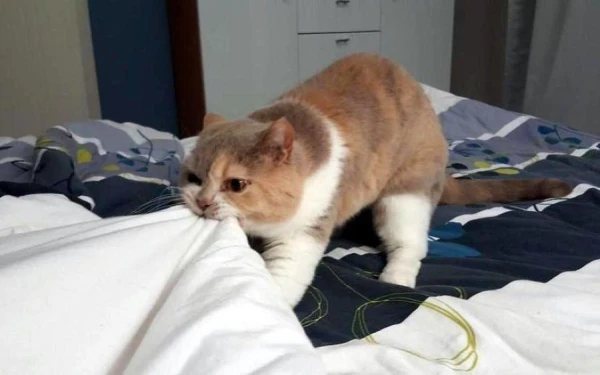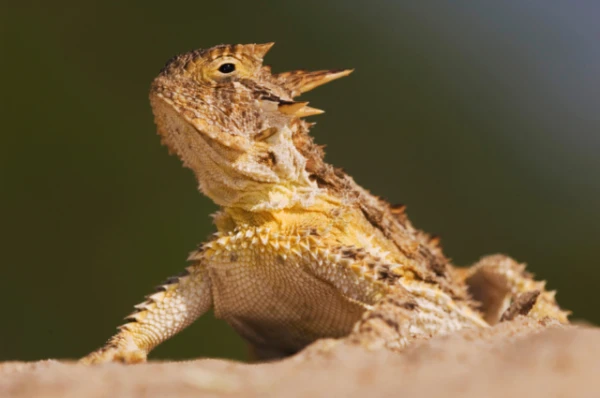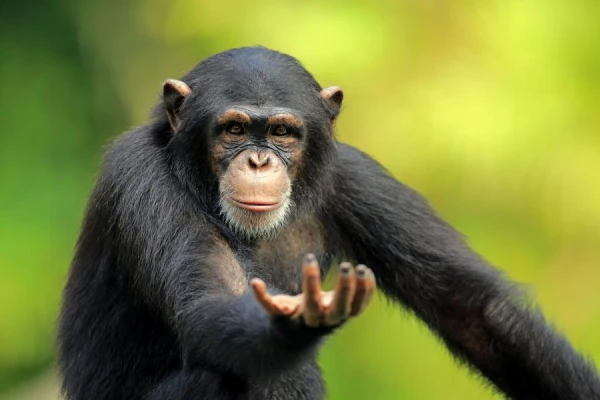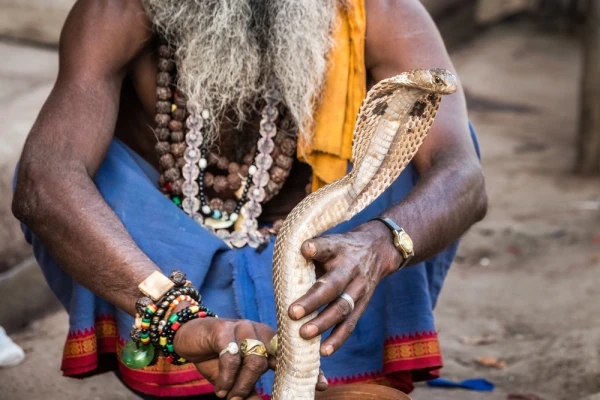
You have probably already imagined a cobra writhing to the sounds of the pungi — a wind musical instrument used by snake charmers. The dance of this creeping creature is a symbol of India, as well as some other countries in Asia and Africa.
In fact, reptiles cannot be trained. The idea that cobras are prepared for dancing from childhood is a myth. The secret is that people who work with these creatures can present their instincts as training.
Snakes do not hear music, like speech, due to the absence of external ears.
For example, pythons, grass snakes, and some other representatives of reptiles get used to physical contact with humans and over time become tame. They allow themselves to be handled, hung around the neck, and subjected to other "tricks." However, one should never relax around them. If a python feels an invasion of its personal space, it will attack, and as is known, it is capable of swallowing a person. Such cases have occurred.
In working with cobras, their instinct for self-preservation is used. By coiling and attempting to strike, the reptile reacts to the danger posed by a person and the object in their hands. Thus, the audience sees not a dance, but self-defense. Snakes do not hear music, like speech, due to the absence of external ears. For this reason, it was long believed that they were deaf. This is not true. They have an auditory ossicle and a cochlea. The square bone, along with the lower jaw, acts as an alternative resonator to the eardrum, allowing reptiles to perceive vibrations and low-frequency sound waves.
To prevent a cobra from breaking its nose on the pungi or flute during a strike, many snake charmers place rubber tips on the instrument. And to ensure safety for themselves and those around them, they almost always neutralize their charges beforehand: they sew their mouths shut or remove their venomous fangs. To extract the teeth, the reptile is teased and then presented with a piece of stiff fabric. The snake sinks its teeth into it, and a sharp tug leaves it without its main weapon.
However, new teeth grow back quickly. A sewn mouth is more reliable. If the operation is performed skillfully, the threads are not visible, as they are covered by the labial shields. The cobra can still hiss, strike, and even stick out its tongue, but it will not be able to bite anyone. One downside is that it is doomed to die of hunger in three to four months. After that, the reptile is discarded like an unnecessary tool and a new one is acquired. Fortunately, cobras are not currently an endangered species.
Other snakes can also be made to "dance," but they attack immediately, while the show with cobras looks spectacular. First, they rise, inflate their hoods, and only after that do they start to genuinely threaten. It looks quite impressive...
